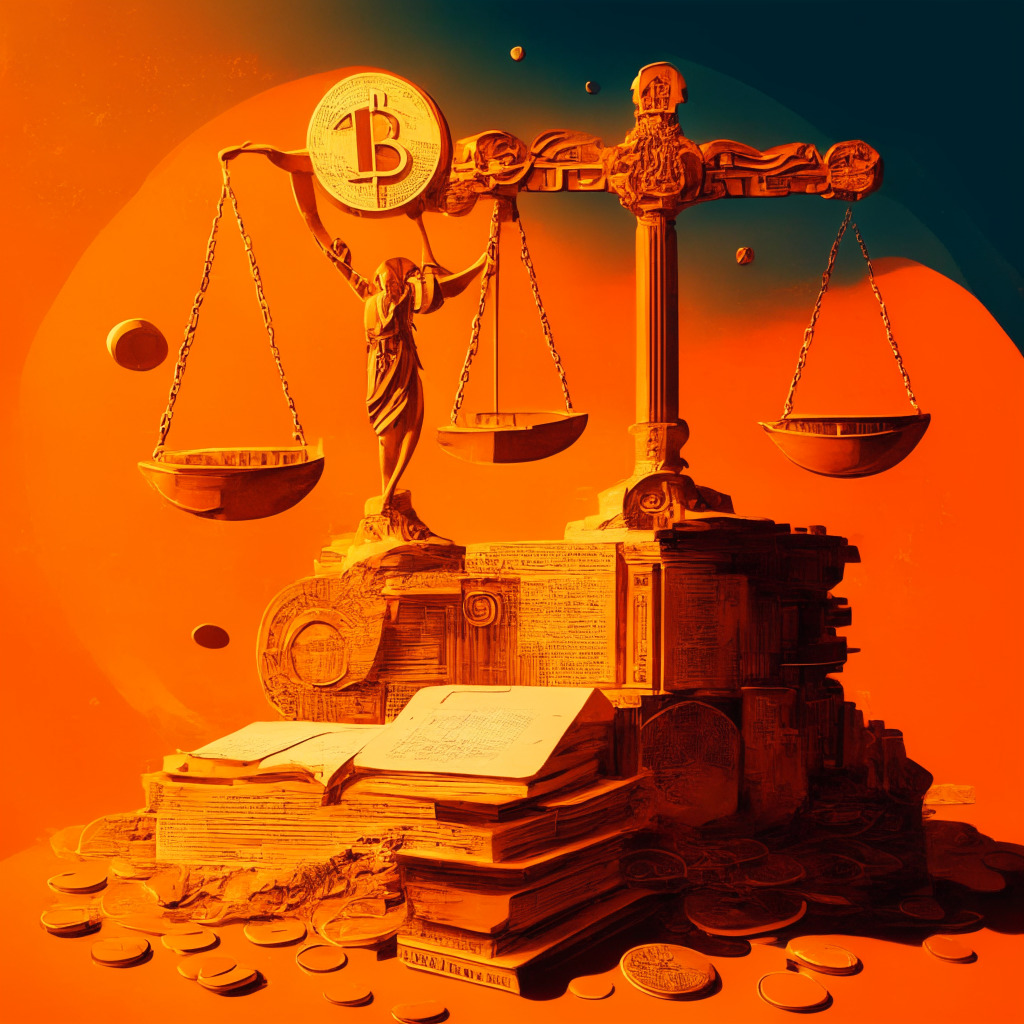A significant decision has been made by Judge John Dorsey of the U.S. Bankruptcy Court for the District of Delaware permitting FTX, a crypto exchange company undergoing bankruptcy, to sell and invest its extensive crypto assets to pay off its creditors. Previous obstacles included two objections opposing this plan, both of which were overruled by Judge Dorsey.
In the ruling, the court greenlit FTX’s proposal to hedge, stake and sell its expansive crypto holdings, estimated to be valued over $3.4 billion. Interestingly, the central argument revolves around the potential benefits of hedging and staking. Initially presented in an August filing, FTX asserts that hedging its crypto assets could mitigate downside risk prior to the sale of such bitcoin or ether. Staking certain digital assets, on the other hand, would generate low risk returns on the otherwise idle assets, ultimately benefiting the estate and, by extension, the creditors.
It’s essential to observe that the strategy adopted by FTX exhibits an amalgamation of optimism with precaution. While it heavily relies on the potential of its digital assets to raise substantial revenue, it hasn’t overlooked the inherent volatility of cryptocurrencies. Stake and hedge strategies are aimed at counterbalancing potential losses while reaping profits from the existing holdings.
Further, FTX plans to acquire the expertise of Mike Novogratz from Galaxy Digital, arguing for the potential boost in leads and financial management that the advisor would offer. This fact suggests that even in dire circumstances, the exchange is consciously focusing on leveraging expert knowledge to navigate the unpredictable world of crypto-assets.
A peek into FTX’s holdings reveals a staggering $1.16 billion in solana (SOL) – approximately 16% of the token’s outstanding supply – and even $560 million in Bitcoin. The rest is a collection of lesser-known illiquid tokens.
This development sinks us into a discussion of the duality of investment in crypto-assets. As demonstrated by FTX, cryptocurrencies’ lucrative potential can’t be dismissed. However, it’s equally crucial to remember that these are the very assets they are now relying on to recover from a bankruptcy situation. These unchartered territories of regulation and adaptation of crypto-assets will surely keep our attention rapt in the future.
Source: Coindesk




